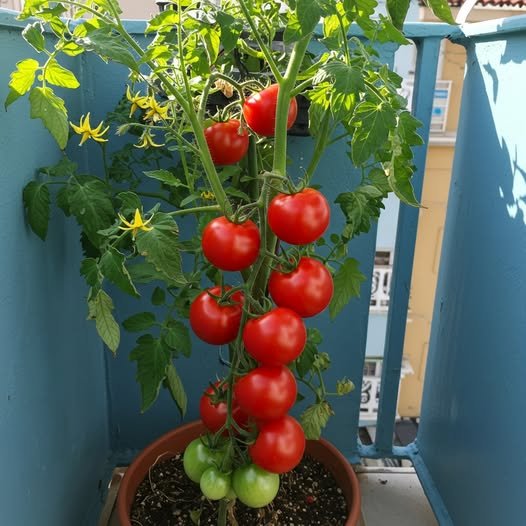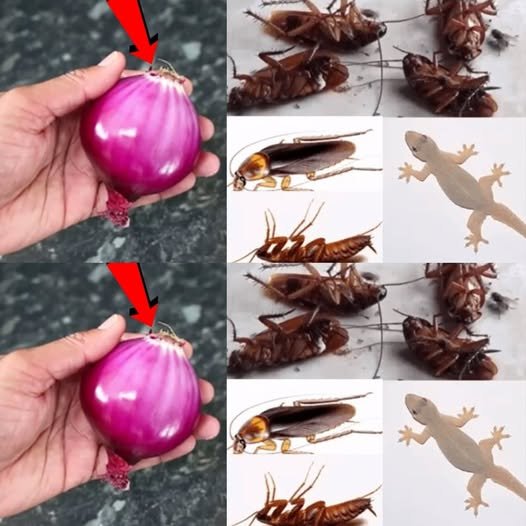Tomatoes are a staple in many kitchens worldwide, adding flavor and nutrition to countless dishes. However, store-bought tomatoes often lack the rich taste of homegrown varieties and may contain harmful pesticides. The good news is that growing tomatoes at home is easier than you think! With the right approach, you can cultivate fresh, juicy tomatoes right in your backyard, balcony, or even indoors. This guide will walk you through everything you need to know to start your own tomato garden and enjoy an endless supply of homegrown goodness.
Why Grow Your Own Tomatoes?
Growing tomatoes at home comes with numerous benefits:
- Better Taste: Homegrown tomatoes are fresher and more flavorful than store-bought ones.
- Cost-Effective: Once you start growing your own tomatoes, you’ll save money by reducing grocery bills.
- Healthier Option: You control what goes into your soil and avoid harmful pesticides and chemicals.
- Sustainable and Eco-Friendly: Reducing reliance on store-bought produce lowers your carbon footprint.
- Fun and Rewarding: Gardening is a relaxing hobby that brings immense satisfaction.
Choosing the Right Tomato Variety
Before you start planting, it’s important to select the right tomato variety based on your space and needs:
- Cherry Tomatoes: Perfect for small spaces, container gardening, and quick harvesting.
- Roma Tomatoes: Great for making sauces and pastes due to their low moisture content.
- Beefsteak Tomatoes: Large, juicy, and excellent for sandwiches and salads.
- Heirloom Tomatoes: Known for their rich flavor and unique colors, heirlooms are a favorite among gardeners.
- Determinate vs. Indeterminate: Determinate tomatoes grow to a fixed height and produce fruit all at once, while indeterminate varieties continue growing and fruiting throughout the season.
How to Grow Tomatoes at Home
1. Selecting the Right Location
Tomatoes thrive in warm, sunny locations. Choose a spot that receives at least 6-8 hours of direct sunlight daily. If you’re growing indoors or in limited space, consider using grow lights to supplement natural light.
2. Choosing Containers or Garden Beds
- If planting in a garden, ensure the soil is well-draining and rich in organic matter.
- For container gardening, choose pots that are at least 12-18 inches deep to accommodate the roots.
- Hanging baskets and vertical planters are excellent space-saving options for balconies and patios.
3. Preparing the Soil
Healthy soil is key to strong tomato plants. Follow these steps to prepare nutrient-rich soil:
- Use a mix of garden soil, compost, and coco peat or sand for good drainage.
- Ensure a slightly acidic to neutral pH (6.0-7.0) for optimal growth.
- Add organic fertilizers like composted manure, banana peels, or eggshells to boost nutrients.
4. Planting Tomato Seeds or Seedlings
- Starting from Seeds: Sow tomato seeds ¼ inch deep in seed trays or small pots. Keep them moist until germination occurs (5-10 days).
- Transplanting Seedlings: Once seedlings are about 6 inches tall, transfer them to larger pots or garden beds.
- Plant Deep: Bury the stem up to the first set of leaves to encourage strong root development.
5. Watering Tips
Tomatoes need consistent watering but dislike overwatering. Follow these guidelines:
- Water deeply and consistently, keeping the soil moist but not soggy.
- Avoid watering the leaves to prevent fungal diseases.
- Water in the morning or evening to reduce evaporation.
6. Supporting Your Tomato Plants
Since tomato plants can grow tall and heavy with fruit, they need proper support:
- Use stakes, cages, or trellises to prevent branches from breaking.
- Tie stems loosely to supports using soft fabric or twine.
7. Feeding and Fertilization
Tomatoes are heavy feeders and need regular fertilization:
- Use an organic fertilizer rich in potassium and phosphorus.
- Apply compost tea, banana peel water, or fish emulsion every 2-3 weeks.
- Avoid excess nitrogen, which promotes leaves instead of fruit.
8. Pruning for Better Yield
Pruning helps increase airflow and energy distribution:
- Remove suckers (small shoots between the main stem and branches) to focus energy on fruiting.
- Trim lower leaves to prevent soil-borne diseases.
Common Tomato Problems and Solutions
Even experienced gardeners face challenges, but here’s how to tackle common tomato issues:
- Yellow Leaves: Overwatering, lack of nutrients, or fungal infections. Reduce watering and add organic compost.
- Blossom End Rot: A calcium deficiency causes black spots at the bottom of tomatoes. Add crushed eggshells or calcium-rich fertilizer.
- Pests (Aphids, Whiteflies, Caterpillars): Use neem oil spray, garlic water, or introduce beneficial insects like ladybugs.
- Cracking Tomatoes: Inconsistent watering leads to fruit splitting. Maintain even moisture levels.
Harvesting and Storing Your Tomatoes
- Tomatoes are ready to harvest when they turn fully red, yellow, or orange, depending on the variety.
- Use gentle twisting or garden scissors to pick them.
- If picked early, place tomatoes in a paper bag with a banana to ripen faster.
- Store ripe tomatoes at room temperature for the best flavor.
Enjoy Your Homegrown Tomatoes!
Once you start growing tomatoes at home, you’ll never want to buy them again! Whether you use them for fresh salads, homemade sauces, or flavorful soups, your homegrown tomatoes will be tastier, healthier, and more satisfying than store-bought ones. Start your tomato garden today and enjoy the delicious rewards of home gardening!



